A simple guide to mulching your garden – with tips from the experts
It's so easy to do once you know how
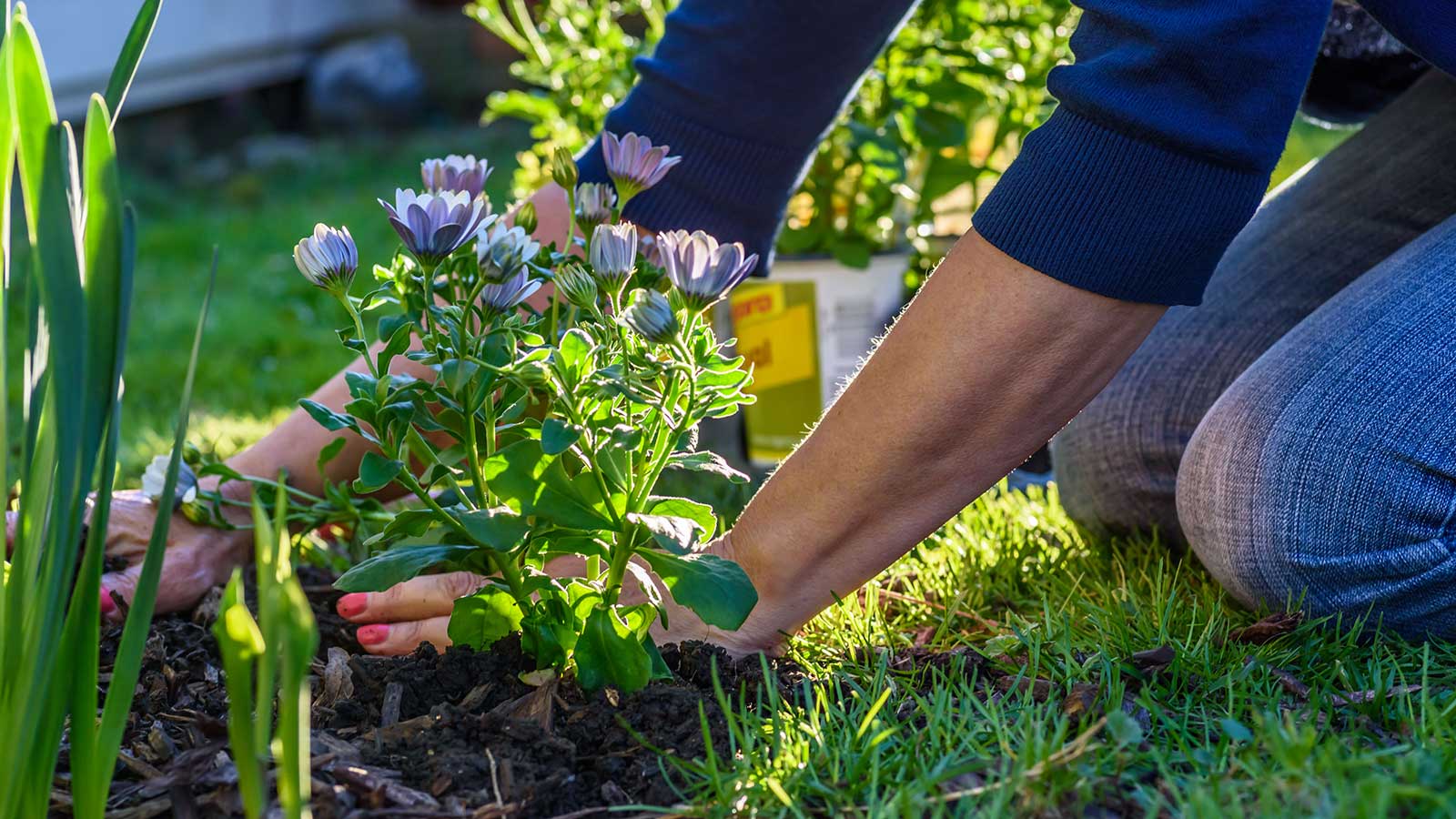

If you're relatively new to gardening, you may have heard the term 'mulching' thrown around here and there. If it's left you confused, don't be. It's actually a super simple concept and easy to do at home – and as a result, you'll be rewarded with healthier plants and less outdoor maintenance to do overall.
To put it simply, a mulch is a layer of material that you put around your garden plants, on the very top of the soil. This can range from homemade compost to leaf mold, gravel, and more, and all have their benefits.
To get the most out of your mulching, there are some handy pointers to bear in mind. We've put together everything you need to know to get started.

As a former gardener, Holly always topped newly planted flower beds with a generous layer of bark chippings – a mulch that not only looks great but benefits the soil, too, as it decomposes. And, on her allotment, she used a combination of landscaping fabric topped with bark chippings to keep weeds out of pathways. For her, it's a game-changer for keeping maintenance time down.
What are the different types of garden mulch?
Broadly, there are two different types of mulch: biodegradable and non-biodegradable.
Biodegradable (otherwise called organic) mulches decompose over time. Aaron Green, Founder of Essential Home And Garden, lists compost, grass clippings, shredded leaves, and bark as examples. It's easy to spread, and has the benefit of improving the soil as it breaks down. 'However, this type of mulch does need to be replaced every few years,' he says.
Non-biodegradable (or inorganic) mulches don't break down: think gravel, available on Amazon, and pebbles. Landscaping fabric (also available on Amazon) is another non-biodegradable option and a popular choice for kitchen gardens. They are a more low-maintenance option, however, they won't add nutrients to the soil. Plus, stones can be a hassle to move and replace if you need to plant new flowers and shrubs, Aaron warns. 'Choose organic mulch if you see yourself needing to dig up the soil and move mulch around, and choose inorganic mulch if you just want to set it and forget it.'
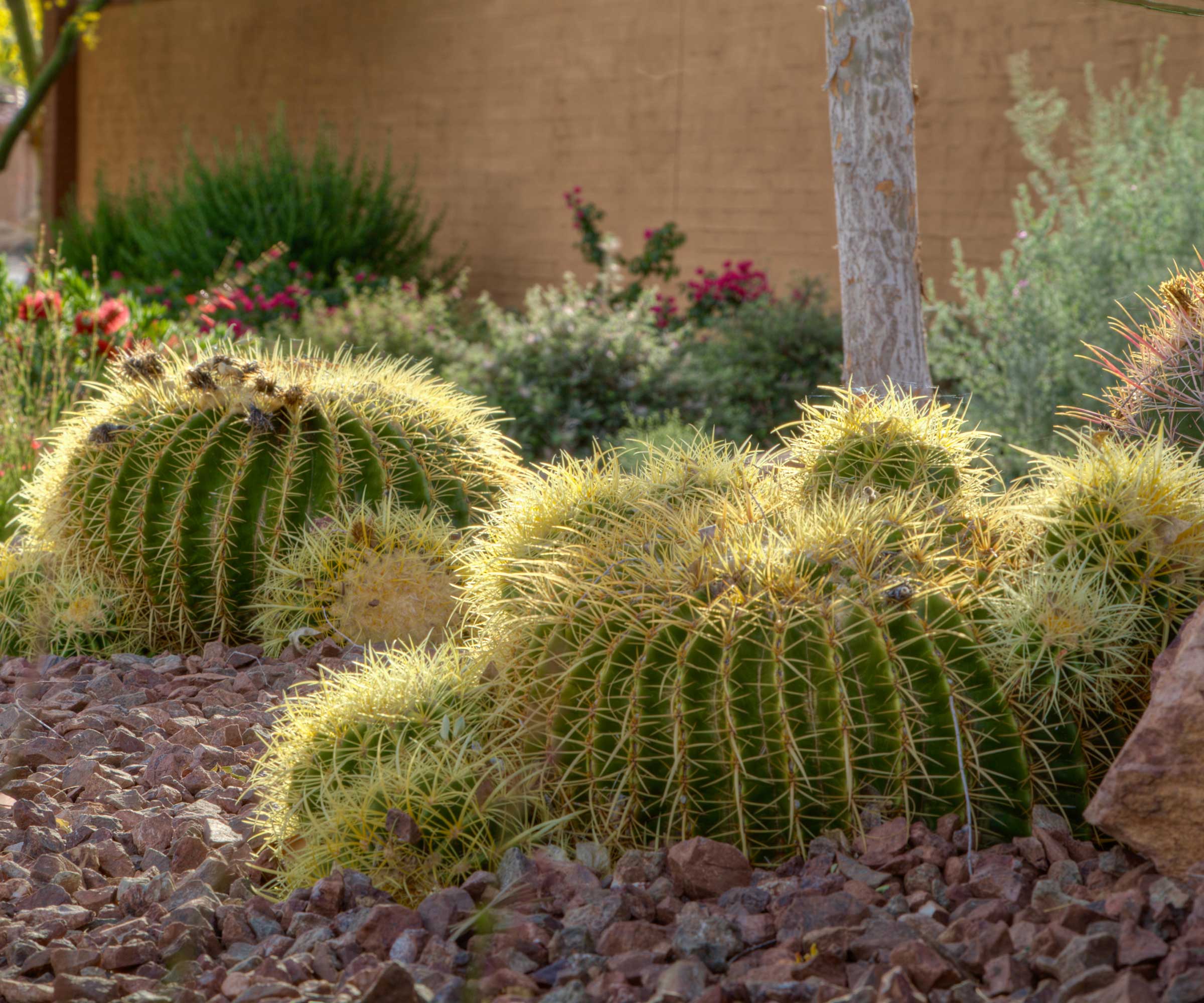
Gravel is a good mulch for dry gardens
What are the benefits of mulching?
Mulching is beneficial for more reasons than one.
Suppressing weeds:
One of the top benefits of mulching your plants is that it slows down the need to get rid of weeds, as it blocks out the sunlight they need to grow. As Deborah Niemann, the owner of Thrifty Homesteader says, 'Even though some people talk about weeding as if it's wonderful zen time, it gets old fast! I absolutely love mulch because it reduces weeding time down to almost zero.'
Retaining moisture:
Mulching keeps water from evaporating from the soil too quickly, which means you won't need to water plants as often, Deborah says. This is particularly useful if you expect periods of drought. 'When you can't rely on Mother Nature to water your garden, you suddenly realize how much water it really needs. So, preventing water from evaporating becomes really important.'
Improving your soil:
As mentioned, biodegradable mulches break down. Some types, particularly leaf mold and homemade compost, will improve the nutrient content of your garden soil as they do so. They will also benefit the structure of the soil, by improving aeration and drainage.
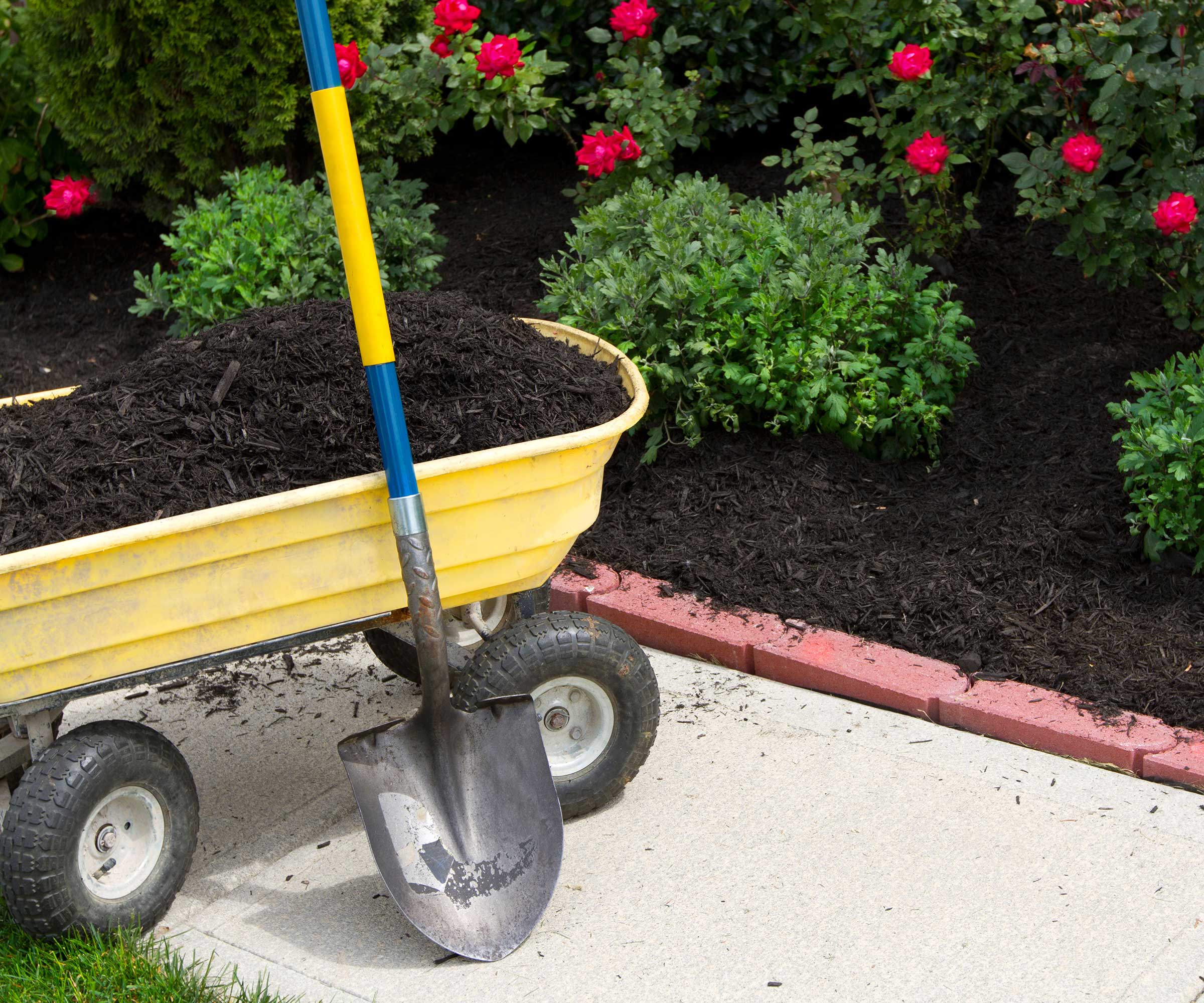
A compost mulch will break down over time, improving the fertility and structure of the soil
Providing winter protection:
Think of mulch as a blanket that protects your plants against inclement winter weather. 'The most important task to perform going into the winter is to have the plants well mulched with compost, wood chips, salt hay or a similar organic biodegradable material,' says Chris Kemp, an arborist, plant healthcare specialist, and Manager of the Plant Healthcare and Treecare divisions at Piscataqua Landscaping & Tree Service in Eliot, Maine.
'This layer will protect the roots of your plants during cold snaps and dry spells by moderating soil temperatures and keeping moisture around the roots,' he says. If you grow dahlias and live somewhere with relatively mild winters, a layer of protective mulch can substitute having to lift and store the tubers until warmer weather arrives.
Upping aesthetic appeal:
Last, but not least, mulching can improve the overall look of your borders. Bark chippings and gravel can give them a much more orderly appearance in contrast to bare soil, for instance.
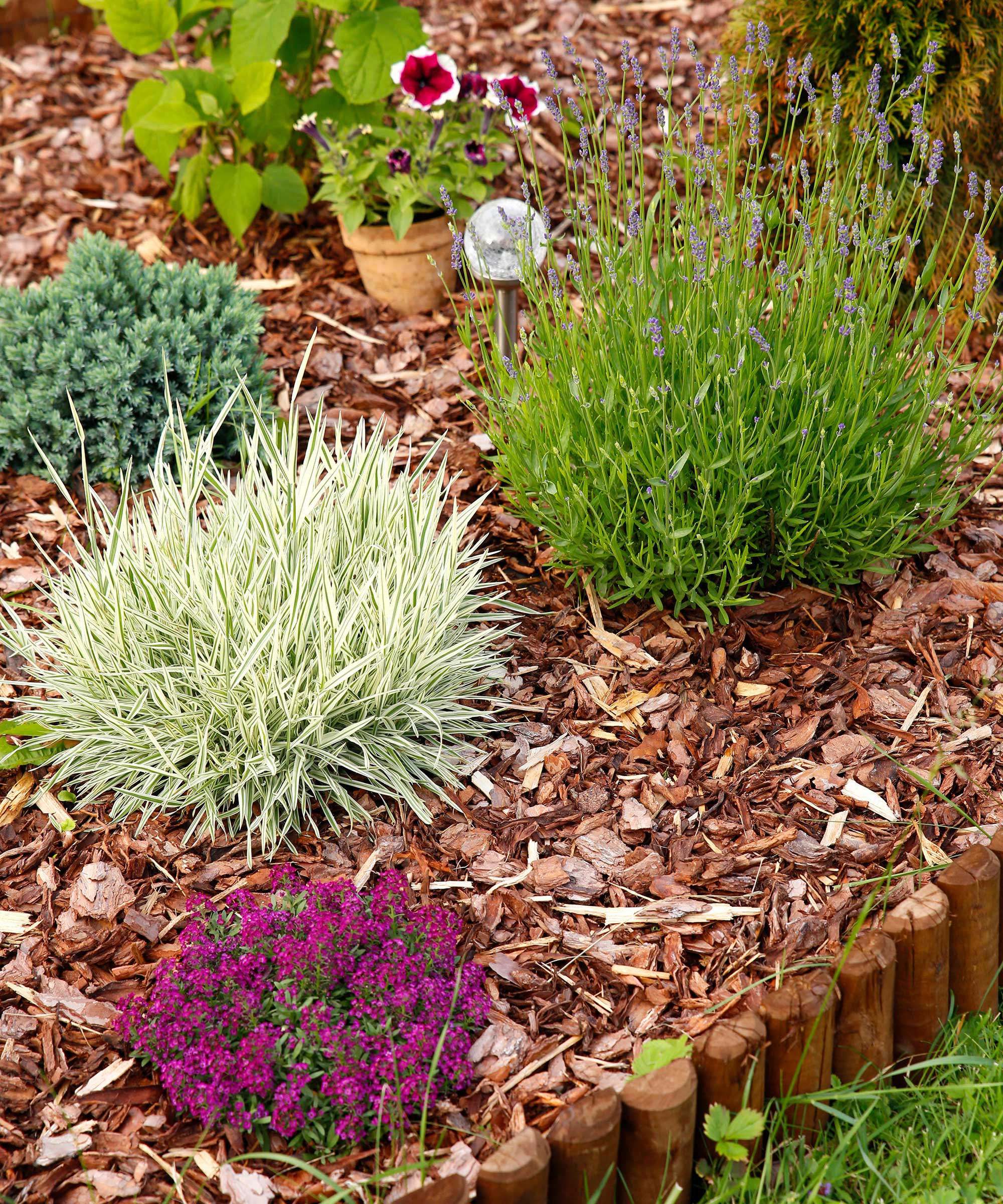
Bark chippings add to the aesthetic appeal of garden borders
How to mulch
Mulching is a must for a low-maintenance border – simply cover the entire bed. But, you can also apply mulch around individual plants. If the latter, aim to extend the mulch to match the diameter of the plant. Try to remove all weeds before you apply it, as well as watering the area if it's dry: that way, it will lock in the moisture. 'Keep it off the crown as it may collect moisture when it rains, which can cause the crown to rot,' says John Negus, a gardening expert from Amateur Gardening magazine.
If you're using landscaping fabric over a flower bed, you don't necessarily need to remove weeds from the soil first, as it will quickly smother them. Simply cut crosses in the fabric to plant through. You can then top the fabric with mulch for a more aesthetically-pleasing finish.
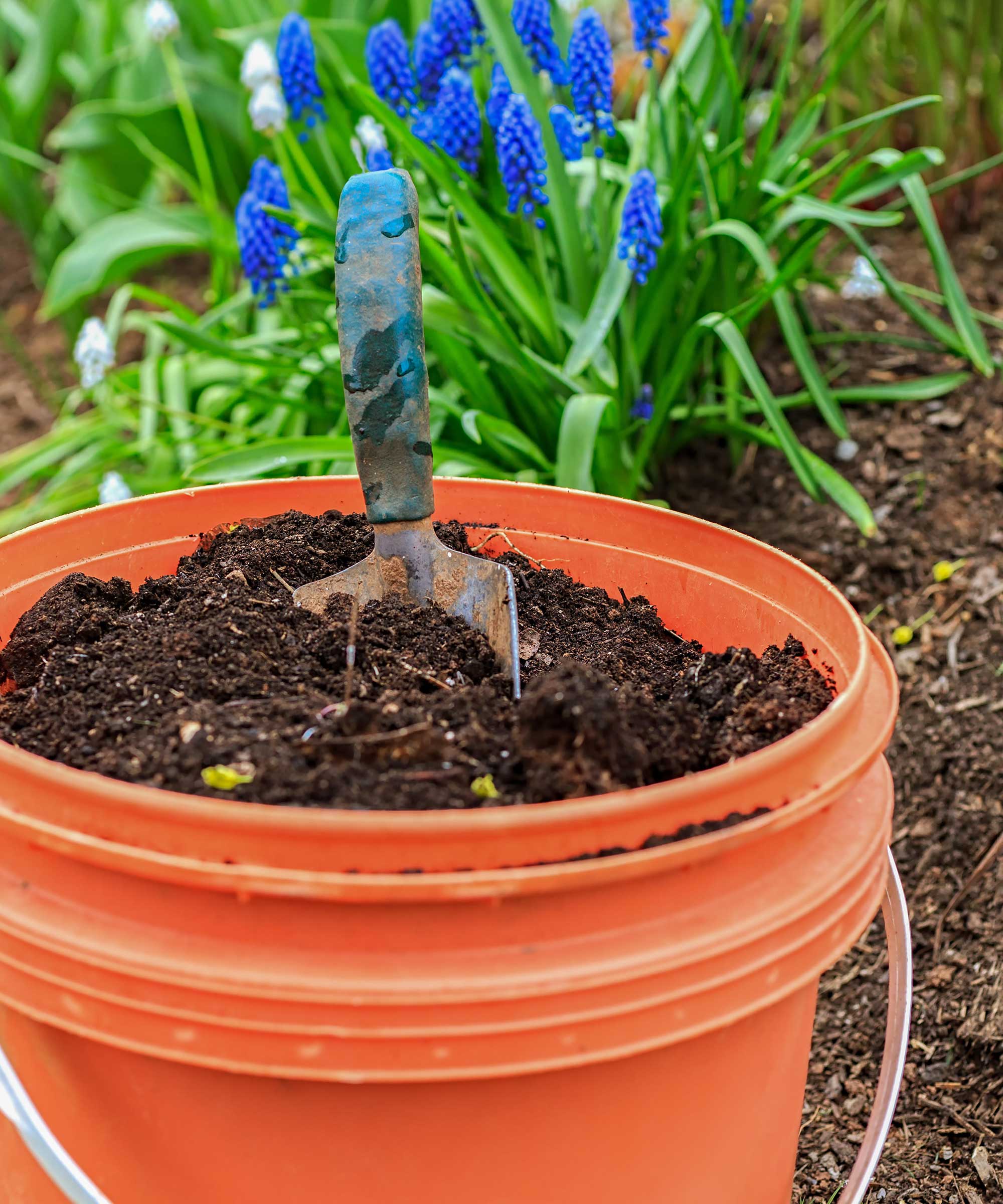
Mulch your borders once or twice a year
How thick should a layer of mulch be?
'When laying down mulch [aside from landscaping fabric], put down a layer two-to-three inches thick. Any thinner and you won’t be getting the full benefits of the mulch, but any thicker and it could play host to harmful pests,' says Aaron Green.
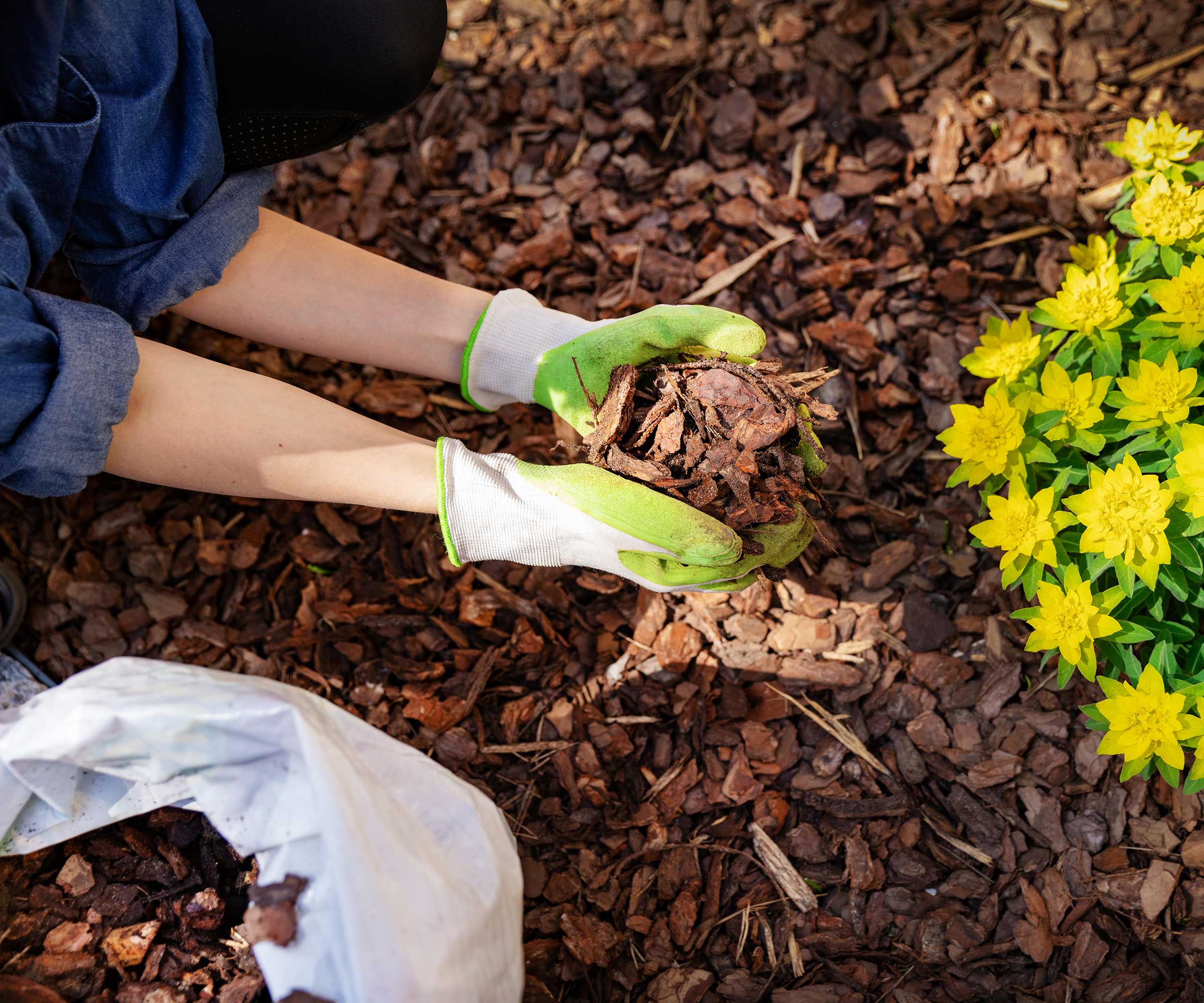
Don't spread your mulch too thinly
When should you mulch your borders?
Mulching can be done at any time of year, as long as the ground isn't frozen or overly wet. But, late spring or early fall are generally seen as the best times to mulch – or you can do both, depending on whether it needs a top-up.
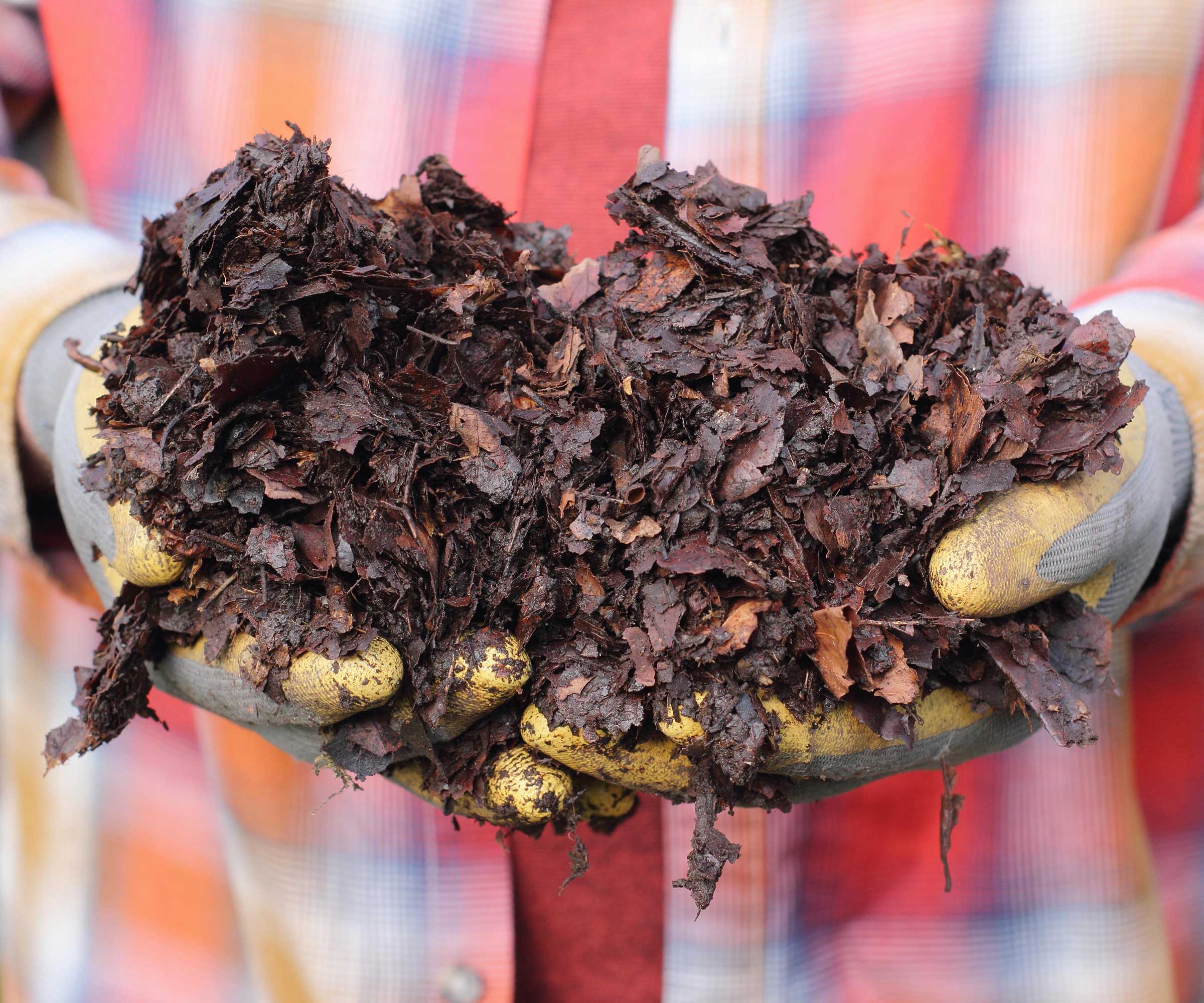
Put fallen leaves in your yard to good use by making leaf mold
Avoiding problems with mulching
- Watch out for pests: Mulch can sometimes attract pests, particularly slugs and snails. Be vigilant, and if you spot them, use a natural slug control method, such as a beer trap.
- Leave a gap around the stems of woody plants: If you don't, the mulch can cause them to weaken and rot.
- Keep it tidy: 'A freshly mulched bed or border is irresistible to birds. It’s a soft area for them to poke around in and discover juicy grubs and other delicious food,' says John. 'Apart from raking the mulch back onto the garden, all you can do is erect a mini fence around the site so that the material stays on the soil.' Luckily, there are lots of stylish garden edging ideas to choose from.
Sign up to the Homes & Gardens newsletter
Design expertise in your inbox – from inspiring decorating ideas and beautiful celebrity homes to practical gardening advice and shopping round-ups.

Holly started writing about gardening five years ago, and she is a regular contributor to Homes & Gardens. She has also written many gardening features for Woman & Home and Real Homes, too. She has previous experience as a professional gardener, where she helped to plant and maintain private gardens. Holly has also looked after allotment plots over the years and loves to grow her own flowers and veggies from seed. In her spare time, she enjoys visiting local gardens, botanical drawing, and tending to her ever-growing collection of houseplants.
-
 Thoughtful modernism – how one Dallas home makes bold contemporary design feel warm, welcoming, and comfortable
Thoughtful modernism – how one Dallas home makes bold contemporary design feel warm, welcoming, and comfortableWith its mix of textural finishes and carefully curated furnishings, this modernist home is a refreshing retreat
By Karen Darlow Published
-
 'Wick away the ick' – 6 things people with clean laundry rooms always do to make this hardworking space shine
'Wick away the ick' – 6 things people with clean laundry rooms always do to make this hardworking space shineThese tips on how to clean your laundry room will banish grime
By Seraphina Di Mizzurati Published